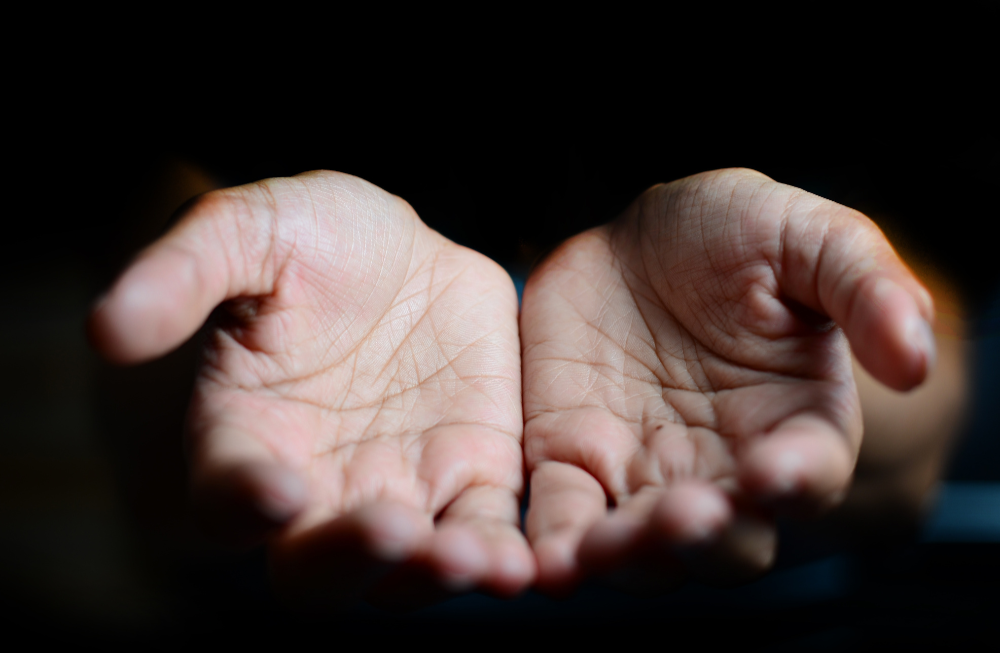
“In addition to being in daily pain, I was constantly anxious about the lack of control I had over my life.”
How I Came into Mindfulness and Acceptance
From the Preface to Mindfulness and Acceptance in Social Work
It’s not often that you have a genuine epiphany, but I had one when I was twenty-four. It was a modest epiphany - a brief moment when I stumbled onto something simple and striking,
And it has shaped my personal and professional lives in the years since.
When I was twenty-two, I developed a puzzling pain condition in both of my arms. I was a musician - a guitarist - and was devoted enough to music that I took years off from college to pursue a career in Los Angeles. By twenty-two I had returned to school but was still playing as much as possible; performing solo singer-songwriter gigs around town, leading a youth choir, playing an occasional studio session, taking a jazz class, and writing and recording in my home studio. One April day, the morning after hauling my own sound system to a gig and playing for three hours straight, I woke up with pain in my right wrist. This sort of thing happened from time to time when I overdid it. But this time it was different. No matter what I did, the pain would no go away. By the end of that summer, both of my arms hurt whenever I did almost anything. Not only was I unable to play guitar for any length of time, I could not handwrite or type. I was an English major in college, and taking notes and writing papers were my bread and butter. The two things I spent most time doing, playing and writing, were incredibly painful.
Over the next two years, I went from doctor to doctor, treatment to treatment, accumulating diagnoses along the way: tendinitis, radial tunnel syndrome, myofascial pain syndrome, early reflex sympathetic dystrophy, thoracic outlet syndrome. No diagnosis stuck, and no treatment made much difference. To help me get through my classes, the student disability services at school paid for notetakers. At the time, dictation software was in its infancy, so I wrote my papers looking over the sounders of the many generous friends who volunteered to type for me. Anyone who writes can probably imagine how excruciating it was to go from rough draft to finished product with an audience every step of the way. In addition to being in daily pain, I was constantly anxious about the lack of control I had over my life. I worried about not knowing what was wrong with me and about how on earth I was going to get through life without the use of my hands. My life narrowed considerably as I spent most of my time trying to stay pain free.
(Readers will notice echoes of my experience in the story of Valerie in chapter 1.)
In the midst of all this, the two things that actually helped me were mindfulness and acceptance, the subjects of this book. My therapists taught me to meditate and encouraged me to reach Thich Nhat Hanh, the Vietnamese Zen master and author. Meditation offered me a new relationship to my experience , one in which I was more aware and more patient. Through therapy and meditation, as well as yoga, I learned to come out of my mind and into the present (to be mindful) and to let go of struggling with my circumstances and feelings (to be accepting) When I say I “learned” to do these things, I meant that I discovered them over and over again, little by little. There was no final endpoint; mindfulness and acceptance are orientations towards life we can return to in any given moment. We never “perfect” them. The pain did not go way, but over time I became a little steadier in the face of it.

